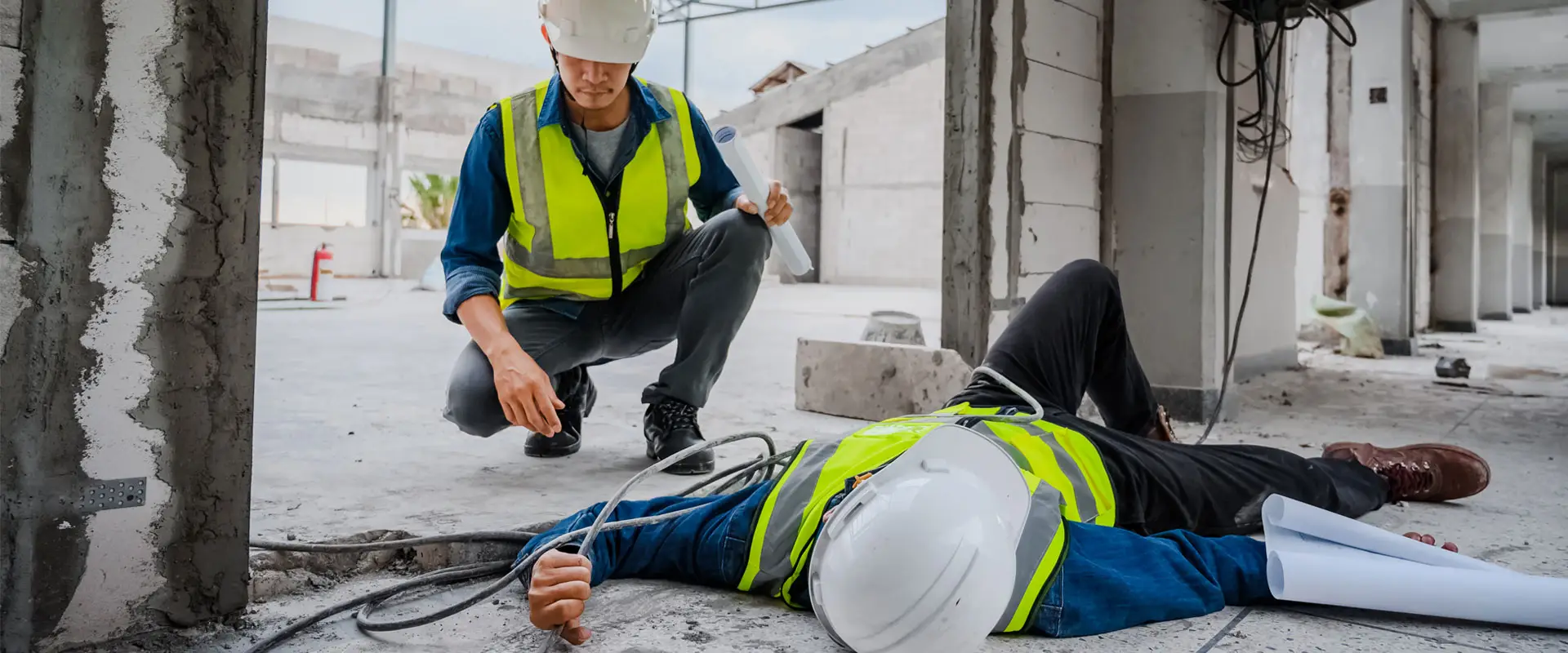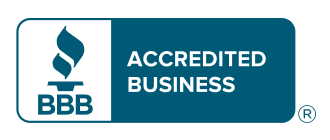The importance of a safety program in construction cannot be overstated. Putting one together for your contracting company isn’t difficult if you know what to include. OSHA provides guidance for putting together a safety program, and we’ve summarized it in this short guide. If putting one together from scratch is too much work, ACO also provides customized safety programs for contractors.
1. Leadership
Safety and health should be a core company value for any contractor. Company leaders must buy in to the importance of safety and health for them and their workers. Injuries and illnesses cost companies money, as well as production time. If safety and health is not a top priority, companies can lose workers, projects, money, and more.
Company leaders can show their support for safety and health by working with employees at all levels to establish goals and metrics for success, providing resources and support, and by setting a good example.
2. Employee participation
All workers and their representatives should be involved in all aspects of a company’s safety program. Representatives of each type of worker at all levels (office, field, laborer, supervisors, executives) should be part of the safety committee developing and working on the safety program, and everyone should have input and be able to speak up when necessary. If the company uses union workers, they may require additional representation.
Everyone should understand their roles and responsibilities when it comes to safety and health. There should be open communication without fear of retaliation when it comes to identifying and addressing potential risks or hazards. Potential barriers to worker participation, like language, training, or lack of information, need to be addressed so everyone can participate.
3. Hazard identification
A safety program needs to include procedures that allow workers to continually identify and assess the potential risks inherent in their work activities. These procedures should include an initial assessment, followed by repeated inspections or reassessments to track progress on hazard mitigation or elimination.
All safety and health incidents or illnesses should be investigated to determine the root cause of each incident or illness. Once hazards are identified, they should be prioritized, and control methods identified and applied as soon as possible.
4. Hazard control
Hazard controls should focus on the elimination, prevention, or control of identified hazards. Controls should be implemented in the following order:
- Engineering controls, which include physically removing the hazard, replacing the hazard, or isolating workers from the hazard
- Work practices, which include changing the way people work to avoid or minimize exposure to the hazard
- Administrative controls, which reduce the duration, frequency, or intensity of exposure to a hazard
- Personal protective equipment (PPE), which protects the worker from exposure to the hazard
The safety program should include provisions for monitoring and tracking the effectiveness of the chosen hazard control options, and a way to change them if they are not working as intended.
5. Training
Everyone should be fully trained in the elements of the safety program and their individual role and responsibilities. This includes executives, managers, and supervisors. This training not only helps everyone work safely, but it also provides them with the knowledge they need to better participate in the overall safety and health program.
All workers should be trained in and know how to recognize potential hazards and understand the controls implemented to mitigate or eliminate them. Training can take many forms, including peer-to-peer, on-the-job, daily or weekly toolbox talks, and demonstrations.
6. Evaluation
The effectiveness of the safety and health program should be monitored and tracked, with an eye to continual improvement. It should be assessed at least annually to ensure that it’s meeting its intended goals and objectives.
When opportunities for improvement are identified, action should be taken to make changes to the program, training, or work practices. The changes should then be monitored to ensure that they are having the intended effects. Everyone should be allowed to provide feedback on the effectiveness of the program and any changes that are made to improve it.
7. Communication on multiple employer sites
When multiple employers are working on the same work site, each one must provide the same level of protection for their workers and identify how their work may affect the safety and health of other companies working on the same site. Communication becomes increasingly important as there are multiple programs working together to keep everyone safe.
The general contractor is ultimately responsible for specifying and qualifying each of the contractors’ safety programs, and all contractors should work together to coordinate and resolve any safety and health issues as they come up.
Safety: A good business practice
Having a safety program is not only a requirement for most contractors but is also a good business practice. Safety and health programs protect contractors from losses due to injuries or illnesses, medical costs, higher insurance premiums, lost production time, and fines or penalties for not providing adequate worker protection.
To get started on creating a customized safety and health program for your business, contact us.






